At 2 am on Tuesday 17th August 2021 the temperature in Malta was 30 Celsius while at 8 am it was already 33 Celsius in Spain where the reporter talking on RTE radio (the Irish state broadcaster) was based. Europe generally is reeling from the extreme conditions while I write (17th August 2021). In addition, recent heavy flooding in France, devastating flooding earlier this summer in Germany and Belgium and temperatures recently exceeding 48 Celsius in Sicily support the conclusions of the Intergovernmental Panel on Climate Change (IPCC) that the climate is changing, rapidly. In the IPCC’S Sixth Assessment Report (AR6), a range of data points to rapid changes that are, the report claims, in some cases irreversible.
The headline statement in AR6 is
It is unequivocal that human influence has warmed the atmosphere, ocean and land. Widespread and rapid changes in the atmosphere, ocean, cryosphere and biosphere have occurred.
Given the tendency of scientific reports to employ cautious, often nuanced and restrained language, this statement is unusually clear. The statement is followed by a mass of data revolving around the impacts of well-mixed greenhouse gas (GHG), methane, carbon dioxide and nitrous oxide on our climate. These concentrations increased from 2011 when measured in 2019.
Each of the last four decades has been successively warmer than any decade that preceded it since 1850. Global surface temperature in the first two decades of the 21st century (2001-2020) was 0.99 [0.84- 1.10] Celsius higher than 1850-1900. The estimated increase in global surface temperature since AR5 (the IPCC’s fifth report) is principally due to further warming since 2003–2012 (+0.19 [0.16 to 0.22] Celsius). The likely range of total human-caused global surface temperature increase from 1850–1900 to 2010–2019 is 0.8 Celsius to 1.3 Celsius, with a best estimate of 1.07 Celsius.

The report states the causes and impacts.
Human influence is very likely the main driver of the global retreat of glaciers since the 1990s and the decrease in Arctic sea ice area between 1979–1988 and 2010–2019 (about 40% in September and about 10% in March).
Human influence very likely contributed to the decrease in Northern Hemisphere spring snow cover since 1950. It is very likely that human influence has contributed to the observed surface melting of the Greenland Ice Sheet over the past two decades…
It is virtually certain that the global upper ocean (0–700 m) has warmed since the 1970s and extremely likely that human influence is the main driver. It is virtually certain that human-caused CO2 emissions are the main driver of current global acidification of the surface open ocean. There is high confidence that oxygen levels have dropped in many upper ocean regions since the mid-20th century, and medium confidence that human influence contributed to this drop.
The global mean sea level increased by 0.20 [0.15 to 0.25] m between 1901 and 2018. The average rate of sea-level rise was 1.3 [0.6 to 2.1] mm yr–1 between 1901 and 1971, increasing to 1.9 [0.8 to 2.9] mm yr–1 between 1971 and 2006, and further increasing to 3.7 [3.2 to 4.2] mm yr–1 between 2006 and 2018 (high confidence). Human influence was very likely the main driver of these increases since at least 1971.
Globally averaged precipitation over land has likely increased since 1950, with a faster rate of increase since the 1980s (medium confidence).
Human-induced climate change is already affecting many weather and climate extremes in every region across the globe. Evidence of observed changes in extremes such as heatwaves, heavy precipitation, droughts, and tropical cyclones, and, in particular, their attribution to human influence, has strengthened since AR5.
These effects will continue, according to the report:
Global surface temperature will continue to increase until at least the mid-century under all emissions scenarios considered. Global warming of 1.5 Celsius and 2 Celsius will be exceeded during the 21st century unless deep reductions in CO2 and other greenhouse gas emissions occur in the coming decades.
Continued global warming is projected to further intensify the global water cycle, including its variability, global monsoon precipitation and the severity of wet and dry events.
…the global water cycle will continue to intensify as global temperatures rise (high confidence), with precipitation and surface water flows projected to become more variable over most land regions within seasons (high confidence) and from year to year (medium confidence).
A warmer climate will intensify very wet and very dry weather and climate events and seasons, with implications for flooding or drought…
Under scenarios with increasing CO2 emissions, the ocean and land carbon sinks are projected to be less effective at slowing the accumulation of CO2 in the atmosphere.
While natural land and ocean carbon sinks are projected to take up, in absolute terms, a progressively larger amount of CO2 under higher compared to lower CO2 emissions scenarios, they become less effective, that is, the proportion of emissions taken up by land and ocean decrease with increasing cumulative CO2 emissions. This is projected to result in a higher proportion of emitted CO2 remaining in the atmosphere (high confidence).
Mountain and polar glaciers are committed to continue melting for decades or centuries (very high confidence). Loss of permafrost carbon following permafrost thaw is irreversible at centennial timescales (high confidence). Continued ice loss over the 21st century is virtually certain for the Greenland Ice Sheet and likely for the Antarctic Ice Sheet. There is high confidence that total ice loss from the Greenland Ice Sheet will increase with cumulative emissions. There is limited evidence for low-likelihood, high-impact outcomes (resulting from ice sheet instability processes characterized by deep uncertainty and in some cases involving tipping points) that would strongly increase ice loss from the Antarctic Ice Sheet for centuries under high GHG emissions
It is virtually certain that the global mean sea level will continue to rise over the 21st century.
The sea level is committed to rise for centuries to millennia due to continuing deep ocean warming and ice sheet melt and will remain elevated for thousands of years (high confidence). Over the next 2000 years, the global mean sea level will rise by about 2 to 3 m if warming is limited to 1.5 Celsius, 2 to 6 m if limited to 2 Celsius and 19 to 22 m with 5 Celsius of warming, and it will continue to rise over subsequent millennia (low confidence).


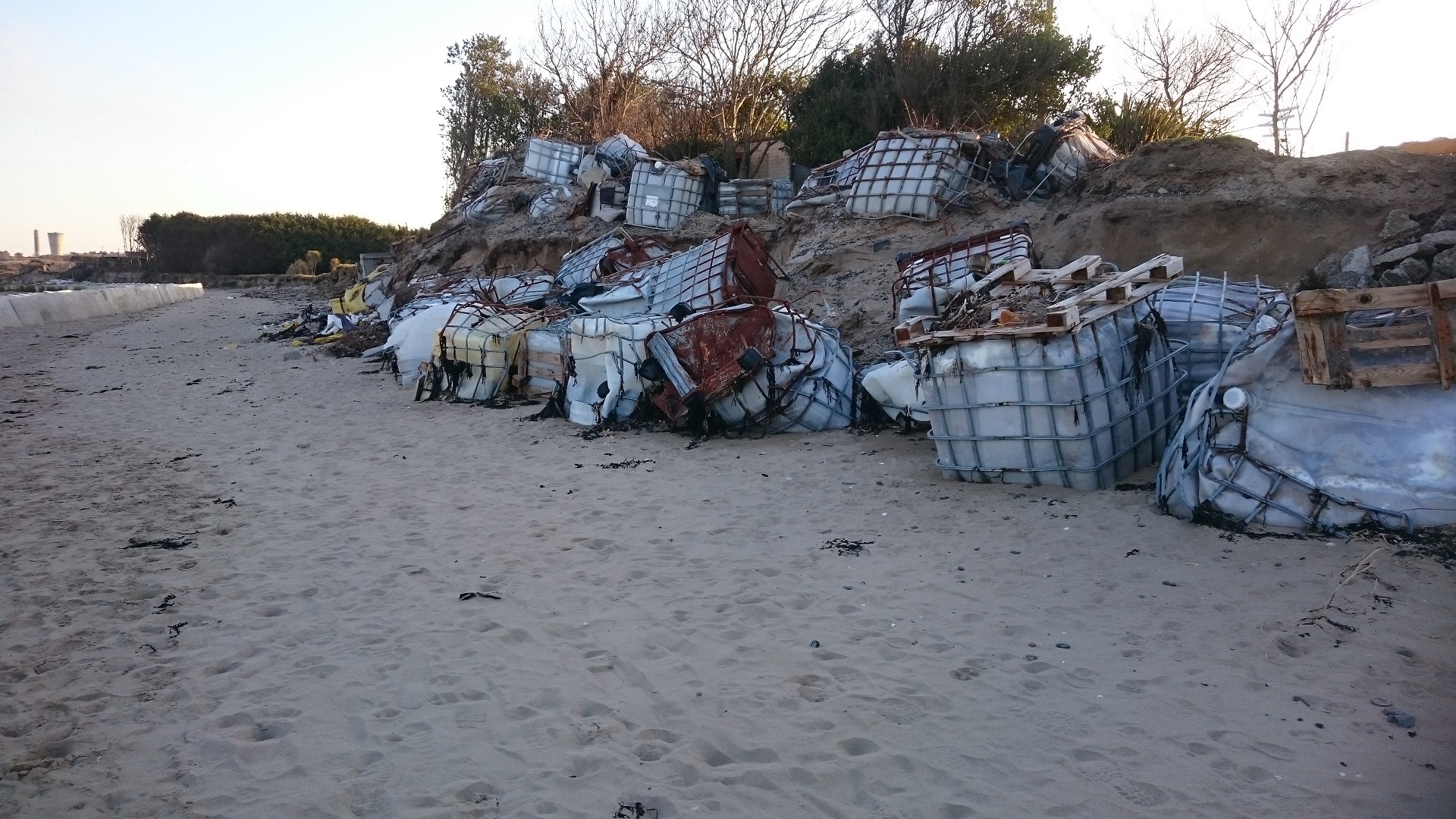
All this information is frightening. Looking at the light rain outside this morning, and the typical August cloud cover, it is often hard to interpret climate change data in an Irish context. But the data pertaining to climate change exists for Ireland too. Rainfall has increased in all seasons since the mid-1980s. Carbon dioxide levels are higher.
The report from the Republic of Ireland’s Environmental Protection Agency, Met Éireann and Marine Institute shows that the air temperature has risen by almost 1 Celsius in the last 120 years, with 15 of the top 20 warmest years on record having occurred since 1990.
Ireland’s Role in Climate Change
A major source of GHG gas in Ireland is agriculture. According to the Department of Agriculture, Ireland has 3.8 million sheep, while the Central Statistics Office figures show there are 6.5 million cattle and nearly 1.7 million pigs, all producers of methane gas. Globally, it is the second most important greenhouse gas (GHG).
According to Teagasc, the farmer advisory body in the Republic of Ireland, its contribution to global warming is estimated at 28 times that of Carbon dioxide, over a 100-year period. Once produced, methane persists in the atmosphere for around 12 years after which it is eventually broken down into Carbon dioxide and water. The reporting of Irish GHG emissions in 2020 attributes 58% of Irish Agri emissions to methane produced by the rumen (part of the digestive system) of cattle and sheep. A further 10% of national agricultural emissions originated from methane associated with the storage of manure and slurry. This is produced by microbes that have passed through the animal in the faeces. Methane associated with ruminant livestock production accounts for two-thirds (68%) of Irish agricultural GHG emissions.
Added to this is the amount of fertiliser applied to grazing land. Nitrates are strongly implicated in climate change. Nitrous Oxide N2O, which arises from nitrate fertiliser is a major GHG. N2O is a long-lived greenhouse gas that is almost 300 times more potent than CO2 over a 100-year period. It is the third-largest contributor to climate change after CO2 and methane. In addition, nitrates pollute the soil and rivers, damaging wildlife, and human health. The manufacture of nitrate fertilisers requires the burning of fossil fuels, adding to N20 emissions.
(Sources: International Journal of Environmental Research and Public Health and https://www.carbonbrief.org/nitrogen-fertiliser-use-could-threaten-global-climate-goals)

What is Ireland’s answer to climate change?
Here I look at the issue of how we treat one landscape feature, our peatlands, which have an important role to play in addressing biodiversity loss and climate change.
Instead of restoring and protecting our peatlands, we are doing the very opposite. But before looking at the damage being done, let me outline the role peatlands play in climate change.
According to the Environmental Protection Agency (EPA) peatlands play a vital role:
Peatlands are major contributors to the biological diversity of regions throughout the world and provide a variety of goods and services in the form of forestry, energy, flood mitigation and maintaining reliable supplies of clean water. In light of future climate change, the most important function of peatlands in the 21st century is that of a carbon store and sink. Covering only about 3% of the Earth’s land area, they hold the equivalent of half of the carbon that is in the atmosphere as carbon dioxide (CO2) (Dise, 2009). It is estimated that the carbon stored in peatlands represents some 25% of the world soil carbon pool (i.e. 3–3.5 times the amount of carbon stored in the tropical rainforests. (Parish et al., 2007)(http://erc.epa.ie/safer/reports).

Devastating damage is done to peatlands globally:
In a recent assessment, it was estimated that, globally, natural peatlands are being destroyed at a rate of 4,000 km2/year (Parish et al., 2007)(http://erc.epa.ie/safer/reports).
With this extraordinary importance, you would think that in Ireland we would be protecting and restoring our peatlands with the greatest possible urgency. But no. Instead, we are destroying them. One of the solutions advanced to address climate change is windfarms.
What does the EPA say about peatland use and windfarms?
This investigation into peatland utilisation showed that neither past nor current management of peatlands in Ireland has been sustainable. Disturbances in the form of industrial and domestic peat extraction, private afforestation, overgrazing, wind farms and recreational activities have had and are having major negative impacts on the hydrology and ecology of these habitats. Natural peatlands, which are hydrologically and ecologically intact, have become rare and are being further threatened. The biggest threat to peatlands in the 21st century is likely to be climate change and its associated policies, e.g. wind farms. Rigorous examination and guidance for their full impact assessment (including a new technique developed in this project to test peat strength) are urgently required. (Source EPA http://erc.epa.ie/safer/reports)
A major announcement late in 2020 offered some hope for peatlands in state ownership when Bord na Móna, the state body that holds over 80,000 hectares of peatland, announced an end to all peat extraction on its estate (https://www.bordnamona.ie/bord-na-mona-announce-formal-end-to-all-peat-harvesting-on-its-lands/). This was followed by a government announcement to fund peatland restoration to the tune of €108 million. This would tackle climate change and biodiversity loss. (https://www.gov.ie/en/press-release/2aae1-cabinet-approves-108m-funding-for-groundbreaking-bord-na-mona-bog-rehabilitation-plan-minister-ryan-also-announces-that-47-more-projects-in-the-midlands-totalling-278m-are-approved-under-the-just-transition-fund/).
This appears wonderful. But how wonderful is it?
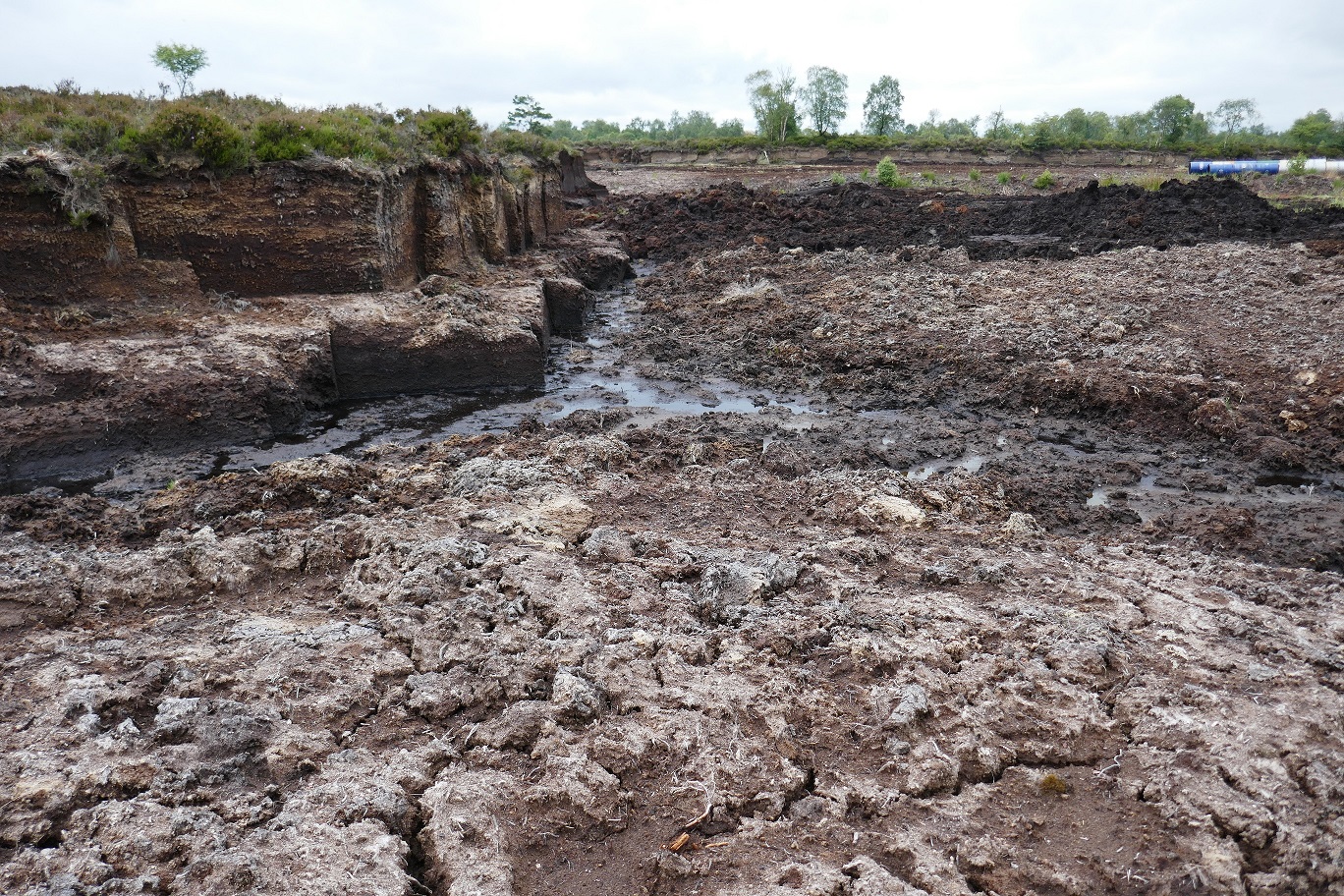
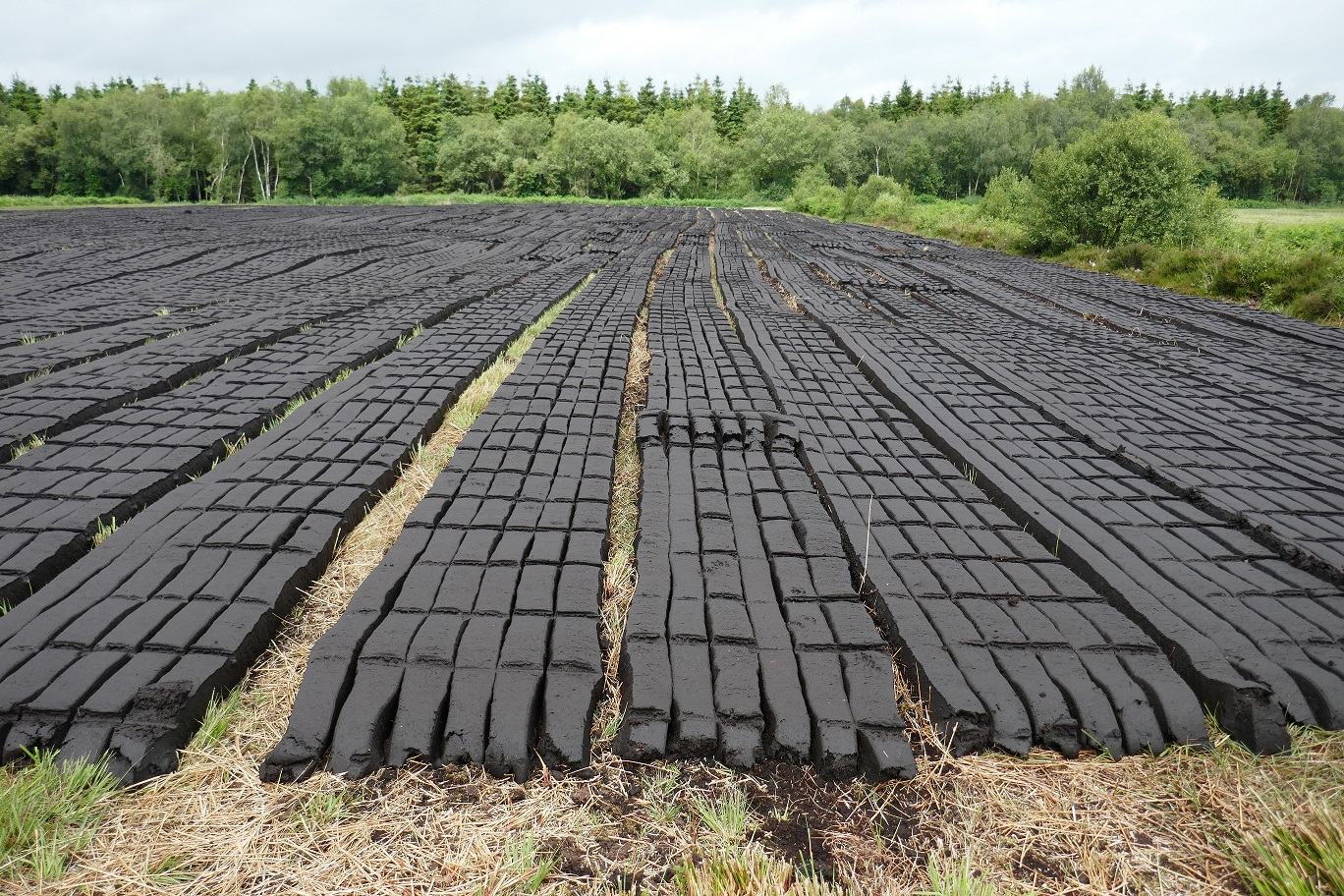
According to Bord na Móna’s Decommissioning and Rehabilitation Plan 2020, the rehabilitation scheme funded by the government and Bord na Móna applies to 33,000 hectares, less than half the area in the Bord na Móna estate. According to https://www.bordnamona.ie/peatlands/peatland-restoration/, only 8,100+ hectares will be restored. That is extremely unambitious, and that is a colossal understatement. What about the rest of the Bord na Móna peatlands, including those in the hands of Coillte (the forestry service in the Republic of Ireland) and those in private ownership?
Despite the positive announcements, the facts on the ground foreshadow negative projections for peatlands, biodiversity and climate change. A raft of applications by Bord na Móna and others for enormous “green energy” projects (solar farms and wind farms) on bogs have appeared, especially shortly before and since it announced an end to its peat extraction activities. It seems we are determined to destroy our bogs, regardless of the cost.
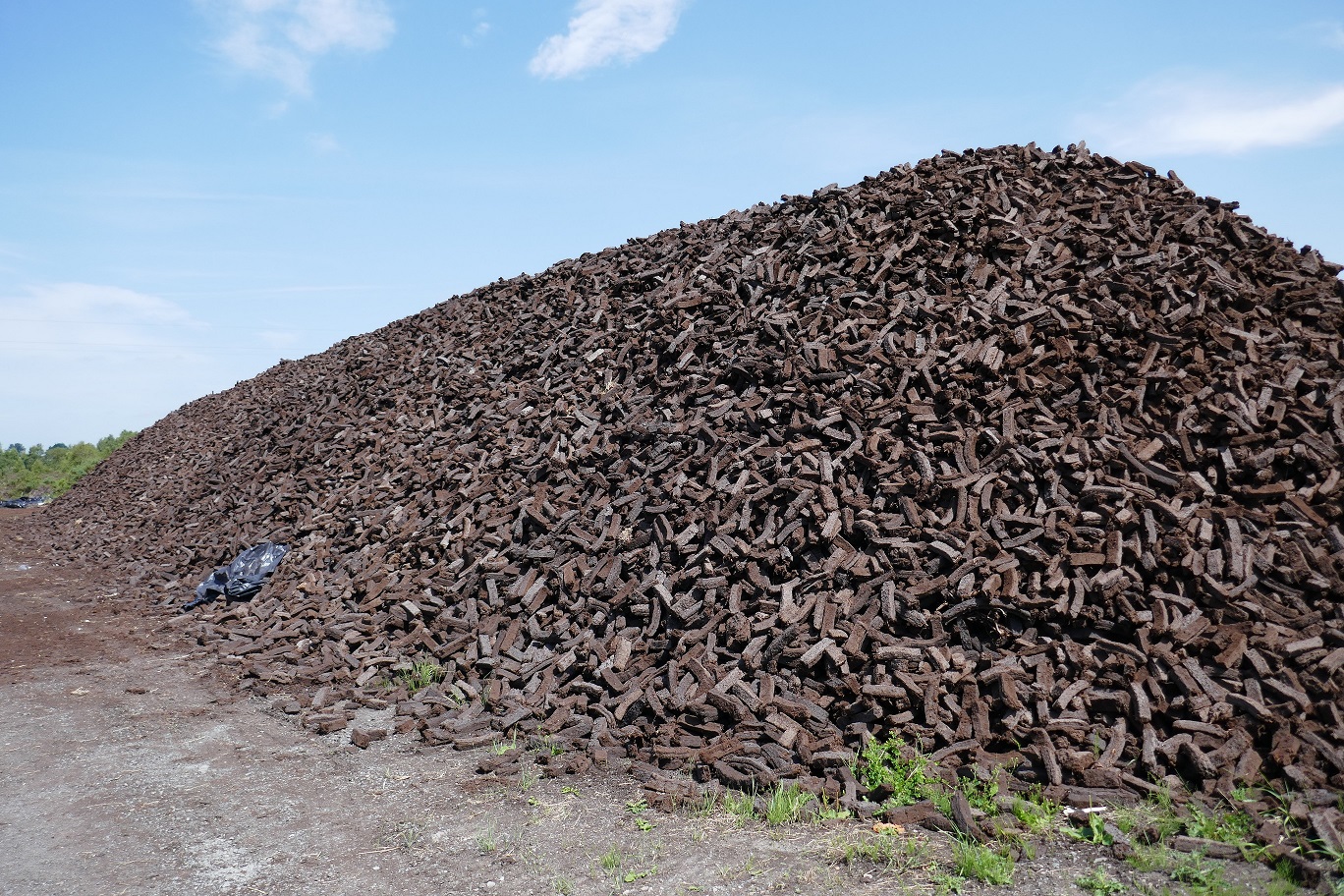
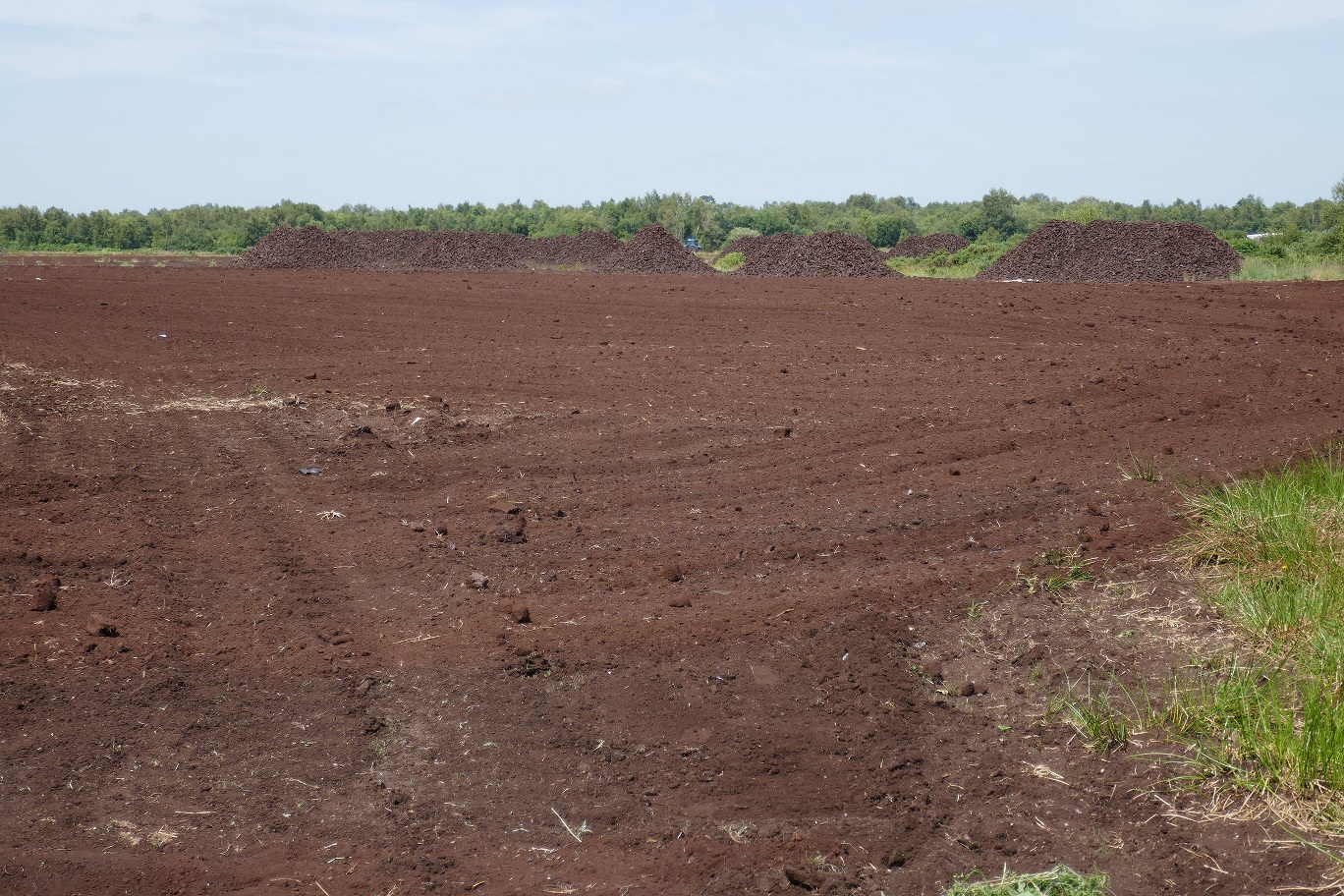
Unauthorised peat cutting on Bord na Móna bogs continues unhindered and “Peat For Sale” signs are found in the vicinity of the bogs. I see no real effort made to stop this ruinous behaviour. Within view of the nature trail in Glenveagh National Park in Donegal, peat is being cut on a vast scale. Peat-cutting also continues on European sites (sites in Ireland and throughout the EU designated as Special Areas of Conservation) and little or no effort is made to stop this criminal activity. (This will be the subject of a future post.) The message to selfish people who destroy our environment is “keep going”.
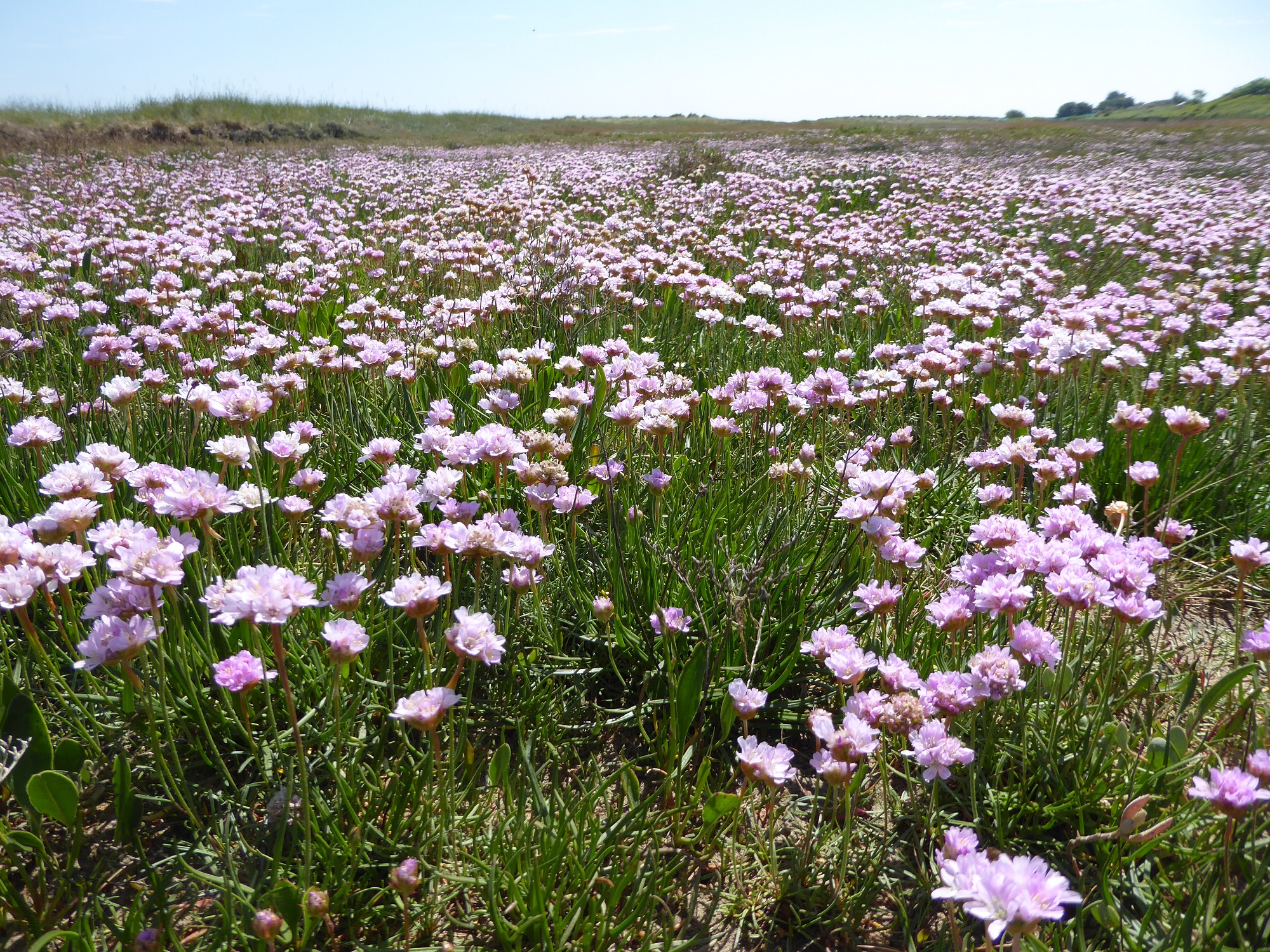
In November 2019 we heard, perhaps vaguely, of a strange ‘Flu’ in China. Far away, it will not affect us. The WHO advised governments against imposing travel restrictions. Don’t worry, was the message. Then this ‘Flu’ reached Northern Italy. We became somewhat concerned and the Ireland v Italy rugby international was cancelled but the Italian fans travelled regardless, revelling in Dublin’s pubs. But the disease did reach our shores. So have the effects of climate change, but soon our shores may not be in the same place they are in now.

